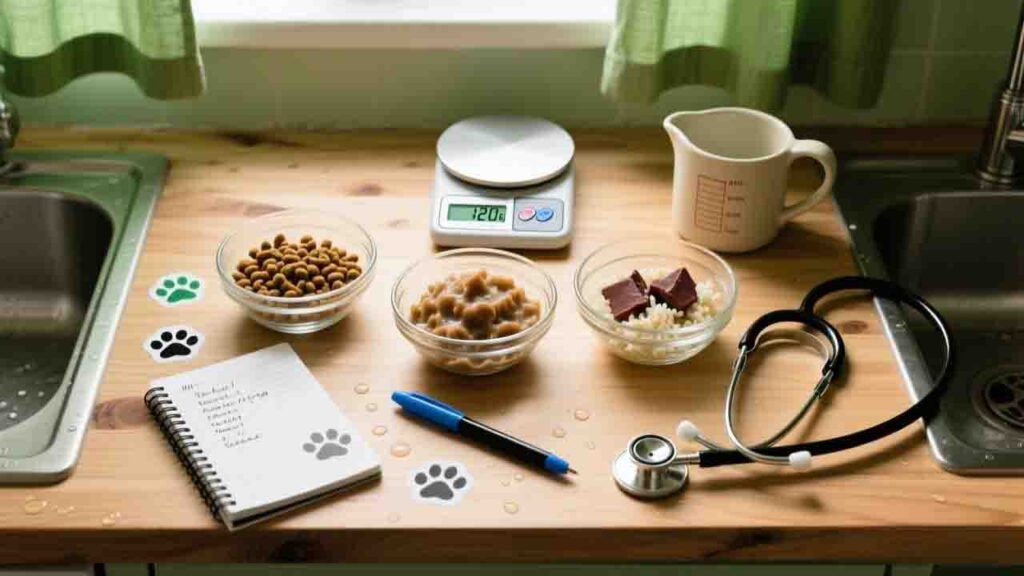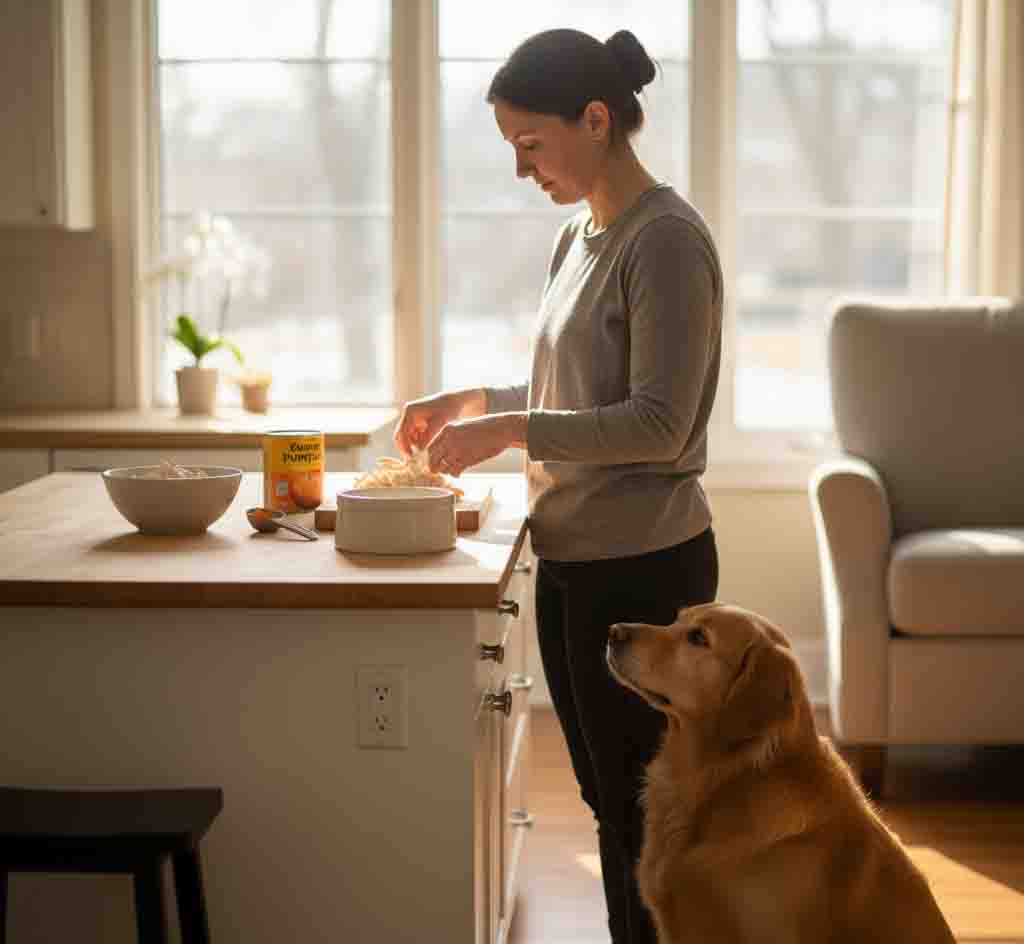Introduction: Building a Foundation for Lifelong Health
Bringing home a new puppy is an exciting time, filled with playful moments and bonding. Amidst the cuddles and training, establishing a consistent and appropriate feeding schedule is one of the most crucial things you can do for your puppy’s health. A proper routine supports their rapid growth, maintains stable energy levels, and aids in house-training. This guide will walk you through creating a tailored feeding schedule that evolves with your puppy from weaning to adulthood.
The Core Question: How Many Meals Does My Puppy Really Need?
It’s a common scene: your new puppy devours its food in seconds and then looks at you as if to say, “Is that all?” This leads many new owners to ask: “Should I just leave food out all day, or am I underfeeding my puppy with set meals?”
The answer lies in understanding a puppy’s biology. Puppies have small stomachs but high energy requirements for growth. Feeding them one or two large meals a day can overwhelm their digestive system, leading to spikes in blood sugar and energy crashes. More importantly, a structured schedule of multiple smaller meals is the cornerstone of successful housebreaking, as it creates predictable potty times. So, the short answer is: multiple scheduled meals are far superior to free-feeding.
Purina Pro Plan High Protein Puppy Food Shredded Blend Chicken & Rice
[Click Image to Shop Now on Amazon]
A Stage-by-Stage Puppy Feeding Schedule
Your puppy’s feeding frequency will change as they grow. Here is a reliable schedule to follow:
-
Stage 1: The Weaning Phase (6-12 Weeks Old)
-
Schedule: 4 meals per day.
-
Rationale: At this young age, your puppy is transitioning from mother’s milk to solid food. Their tiny stomach can only handle small amounts at a time. Four meals ensure they receive a steady stream of nutrients throughout the day without taxing their system.
-
-
Stage 2: Rapid Growth Phase (3-6 Months Old)
-
Schedule: 3 meals per day.
-
Rationale: As your puppy’s stomach capacity increases, you can reduce the frequency to three meals. You’ll likely notice a growth spurt during this period, and consistent nutrition remains vital.
-
-
Stage 3: The Final Stretch to Adulthood (6-12 Months Old)
-
Schedule: 2 meals per day.
-
Rationale: For most breeds, transitioning to two meals a day around six months is ideal. This schedule—typically breakfast and dinner—is comfortable for their digestion and convenient for most households. It helps maintain energy levels and prevents begging.
-

Beyond the Clock: Mastering Portion Control and Food Transition
A schedule is only half the equation. What and how much you feed are equally important.
-
Determining the Right Amount: Always start with the feeding guidelines on your chosen high-quality puppy food bag, as caloric content varies. These are guidelines, not rules. Adjust the portion based on your puppy’s body condition. You should be able to feel their ribs but not see them. Your veterinarian is your best resource for personalized advice.
-
The Great Switch: Transitioning to Adult Food: When your puppy is near their adult size (typically between 12-24 months depending on the breed), it’s time to switch to adult food. Do this gradually over 7-10 days to avoid stomach upset:
-
Days 1-2: 75% puppy food + 25% adult food.
-
Days 3-4: 50% puppy food + 50% adult food.
-
Days 5-6: 25% puppy food + 75% adult food.
-
Day 7+: 100% adult food.
-
Conclusion: Consistency is Key to a Happy, Healthy Puppy
A predictable feeding routine does more than just fill your puppy’s belly. It provides structure, accelerates house-training, and strengthens the bond between you. By following a age-appropriate puppy feeding schedule and paying close attention to portion sizes, you are setting the stage for a smooth transition into a healthy and vibrant adult dog. Remember, when in doubt, consulting with your veterinarian will always provide the most tailored guidance for your unique pup.
Affiliate Disclosure: By clicking on the product images or links on this page, you will be redirected to Amazon. As an Amazon Associate, we earn from qualifying purchases made through these links. This comes at no extra cost to you and helps support our site’s content.




